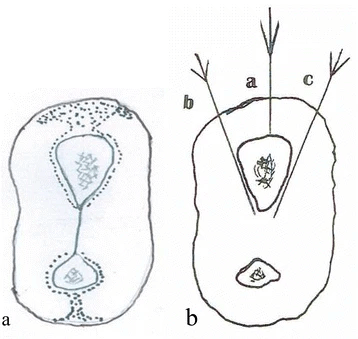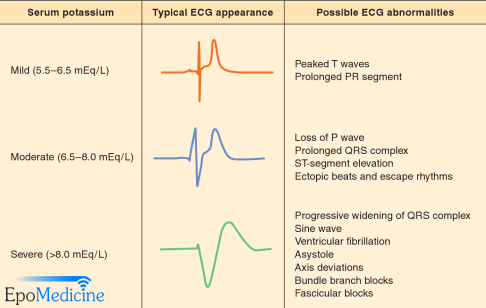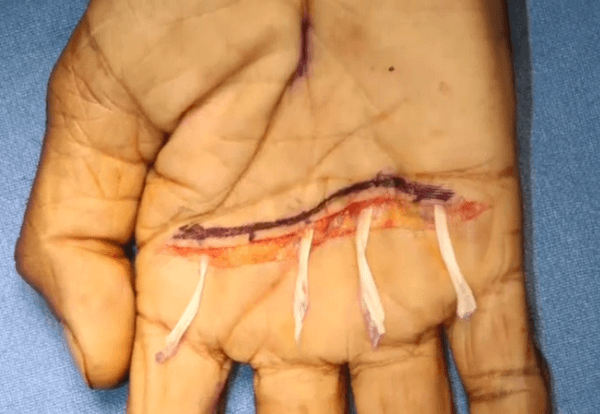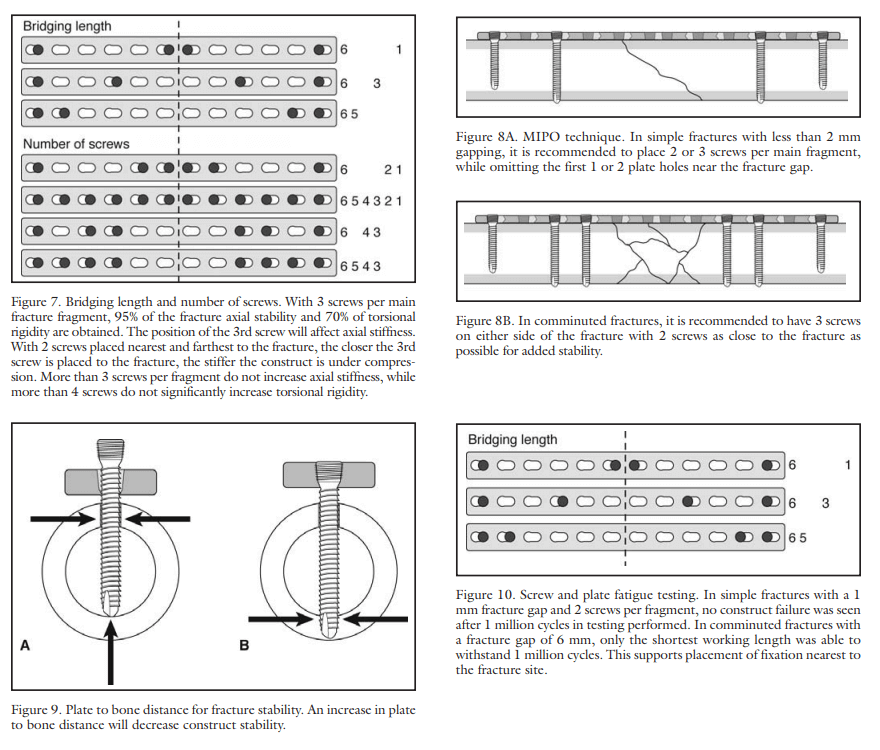Use: Alternative to hematoma block in reduction of distal radius and ulna fractures
Advantage: Providing distance from the fracture hematoma (no theoretical risk of converting closed fracture into open fracture)
Disadvantage: Risk of neurovascular injury on volar surface of forearm
Local anesthetic and volume: 10–15 ml of 1 % plain lidocaine in adults and around 0.2–0.3 ml of 1 % plain lidocaine per kg of body weight (not exceeding 3 mg per kg of body weight in children)

Technique under aseptic precautions:
1. Point of infiltration: 6 cm proximal to the wrist joint
- 2-3 cm from the fracture site
- terminal sensory branch of radial nerve leaves the artery 7 cm proximal to the wrist joint to curve around the lateral side of the radius, piercing the deep fascia on the dorsal aspect (hence less risk of injury at this entry point)
2. Injection on lateral/radial side:
- 10 ml syringe with orange (23 G) or blue (22 G) needle
- Infiltrate the subcutaneous tissue and periosteum on the radial aspect of the radius
3. Injection on volar and dorsal side:
- 10 ml syringe with green (18 G) needle
- Roll the skin downwards and away from the needle for volar infiltration and upwards and away from the needle for dorsal infiltration (allows single injection to access both surfaces)
- For each volar and dorsal side: The needle is then advanced to touch the bone, and the injection is continued across the radius inserting approximately 0.5 ml of lidocaine solution for every 0.5 cm needle advancement, with the needle touching the bone (avoiding any soft tissue or neurovascular structures) and continuing until the bone can no longer be felt with the needle tip. The needle is then withdrawn.
The process is repeated for the ulna with approximately 3 ml of lidocaine solution if there is a concurrent ulnar fracture.
Duration of action required before fracture manipulation: 15 minutes
Further reading:
- Lari, A., Jarragh, A., Alherz, M. et al. Circumferential periosteal block versus hematoma block for the reduction of distal radius and ulna fractures: a randomized controlled trial. Eur J Trauma Emerg Surg 49, 107–113 (2023). https://doi.org/10.1007/s00068-022-02078-8
- Tageldin, M.E., Alrashid, M., Khoriati, AA. et al. Periosteal nerve blocks for distal radius and ulna fracture manipulation—the technique and early results. J Orthop Surg Res 10, 134 (2015). https://doi.org/10.1186/s13018-015-0277-6

He is the section editor of Orthopedics in Epomedicine. He searches for and share simpler ways to make complicated medical topics simple. He also loves writing poetry, listening and playing music. He is currently pursuing Fellowship in Hip, Pelvi-acetabulum and Arthroplasty at B&B Hospital.


